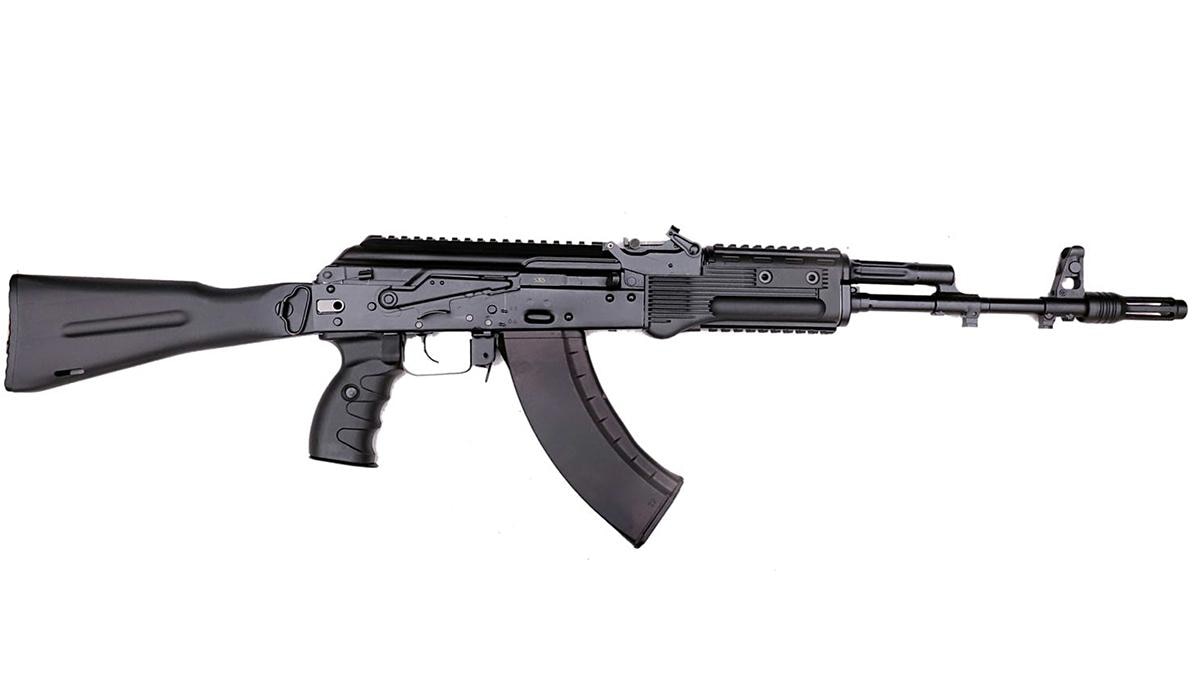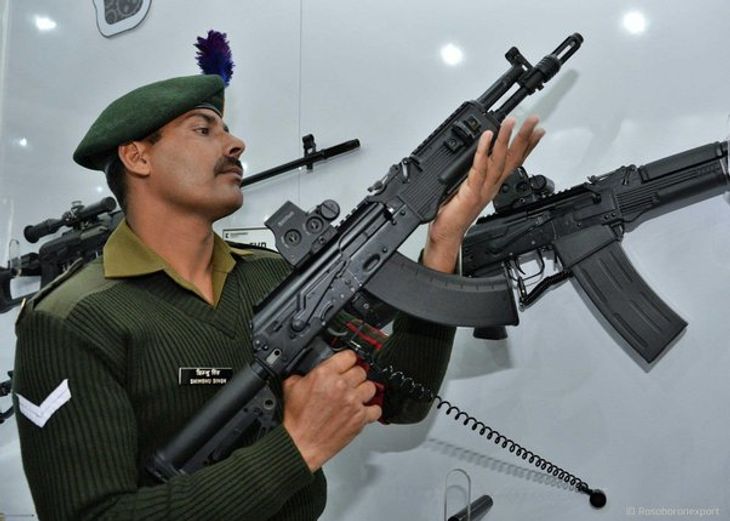UAE based Caracal back in race, responds to Indian Army tenders
The UAE based company is set to ensure that the snipers and the CQBs have more than 60 percent indigenous content keeping in line with Prime Minister Narendra Modi’s `Make in India’ initiative.
UAE-based, Caracal is back in the competition for snipers as well as close quarter carbines (CQB) for the Indian Army. The Army is looking for both in an effort to modernize the weapons the soldiers are using.
In September 2022, a request for Information (RFI) was issued by the Ministry of Defence (MoD) for more than 425,000 units of 5.56 mm caliber CQBS.
Talking to Financial Express Online on the sidelines of Indo-Defence 2022 Expo & Forum in Jakarta, Indonesia, Caracal CEO Hamad Salem Alameri confirmed “Yes, we are soon going to submit our response to the Army’s Request for Proposal (RFP) for snipers. And we are also set to respond to the Request for Information (RFI) for Close Quarter Carbines too.”
The UAE based company is set to ensure that the snipers and the CQBs have more than 60 percent indigenous content keeping in line with Prime Minister
Narendra Modi’s `Make in India’ initiative.
Why should India consider Caracal?
According to Caracal CEO Hamad Salem Alameri, “The Company is already present in Asia and Africa and is providing best quality products. For India we are sent to provide the snipers as well as CQBs as well as fire arms for the paramilitary forces as well as police forces in the country.”
“The Company has been providing the highest quality of weapons to the forces across the globe and at best cost. In fact a lot of parts are now being made in India,” he added.
The company will offer its CSR 338 rifle in response to the Army’s requirement for snipers. This is chambered for the .338 Lapua Magnum cartridges. Caracal’s CAR 816 will be fielded for CQBs. It is the same which has previously qualified after stringent trials which were carried out by the army.
Sniper RFP
In October, the Ministry of Defence (MoD) issued a limited RFP for around 4,849 sniper rifles only to those who had responded to the RFI in June this year.
There was also a requirement of 7,841,575 rounds of .338 Lapua Magnum ammunition issued to around 30 local vendors.
The RFP for the Sniper Rifles runs into 119 pages and will be procured under the `Buy India’ procurement category. There is a requirement of 4,549 bolt-action sniper rifles for the Army, around 212 for the Air Force and around 88 for the Navy.
Caracal is back in 5.56x45mm Carbines race
Last month on the sidelines of the DefExpo 2022 in Gandhinagar in Gujarat, the UAE based Caracal had announced a tie up with an Indian company ICOMM.
On signing an agreement with the Indian company, Caracal CEO Hamad Salem Alameri said that over almost a year and a half Caracal has been sourcing several components from India which will be used in snipers and CQBs.
Al Ameri in an official statement issued last month had stated that the focus was going forward with positive partnership and to respond to contracts in India and to build locally under the `Make in India’ initiative.
Tie up
The MoU between Caracal and ICOMM will witness the production of full range of Caracal’s small arms. These will be produced at Hyderabad factory of its Indian partner.
ICOMM is a group company of Megha Engineering & Infrastructures Ltd (MEIL), and has specialization in military communications systems. And, it has entered in the business of small arms after its joint venture with Caracal.
Competition
Though Caracal now has an Indian partner, it will face stiff competition from other Indian companies who are in the small arms sector including — SSS Defence, the Jindal Group, Kalyani Group, among others.
What is the Indian Army looking for?
Financial Express Online had reported earlier that the Army is looking for CQBs which can be operated in different terrains and under extreme temperatures like minus 20 degrees to almost plus 45 degrees Celsius.
Background
Though the UAE based company was L1 earlier in 2018, the whole project was put on hold as the government was keen on making the CQBs in India and large content to be indigenous. The company, after having successfully cleared all trials, was down selected and was declared L1 to produce around 94,000 5.56×45mm carbines. However, the deal could not go through as the focus shifted to self reliance in the defence sector and to building/manufacturing locally.
In case the company wins the competition
According to a top company executive, in the initial phase there will be some components which will come directly from UAE. And in a phased manner all elements will be manufactured in India by Indian companies and will be used in the weapons.




